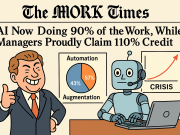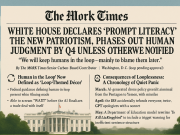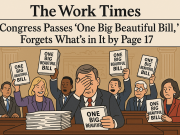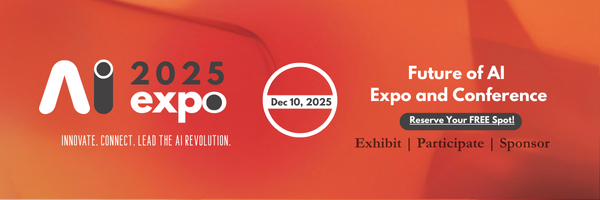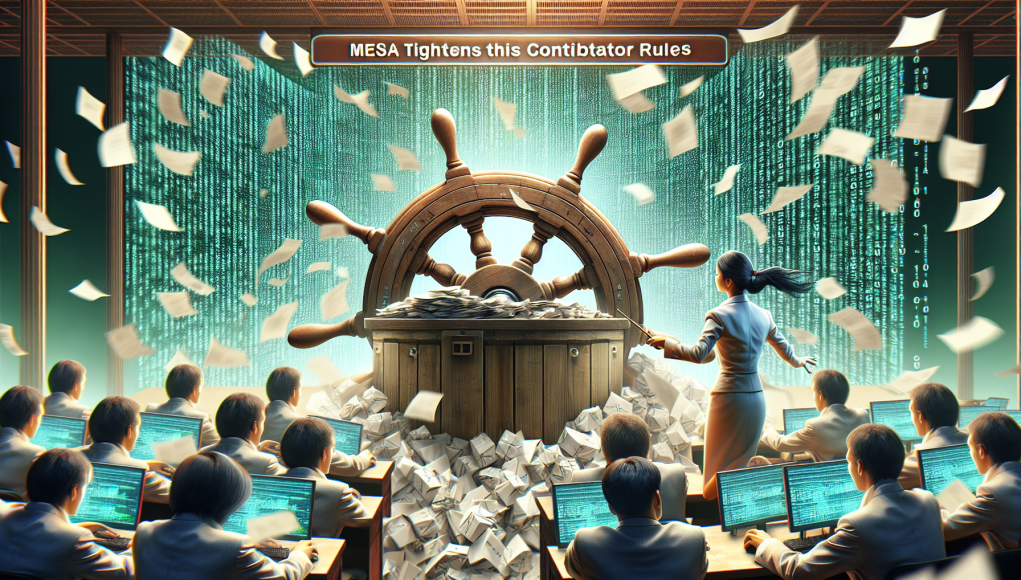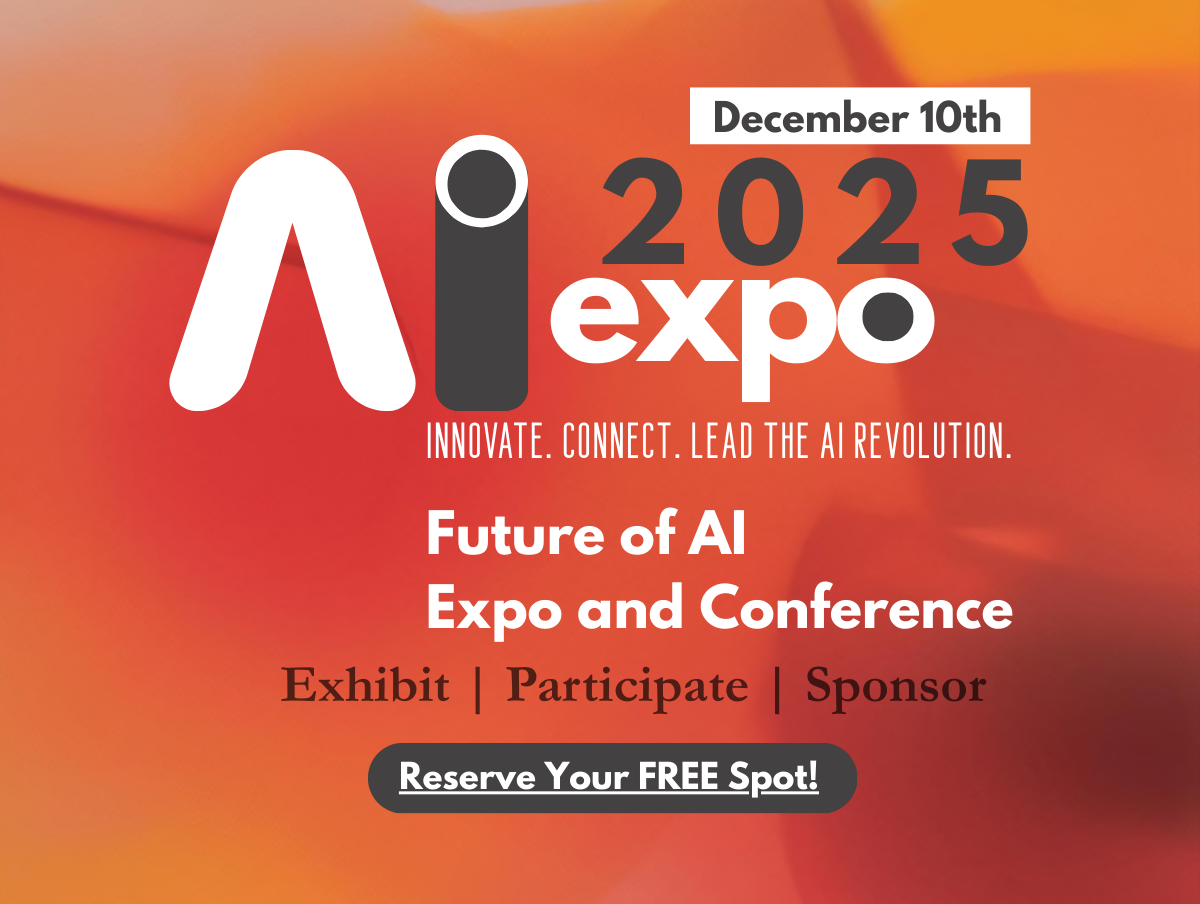After the ‘AI Slop’ Patch: Mesa’s New Code‑Comprehension Rule and the Future of Responsible Contribution
How one high‑profile submission forced a rethink of contribution standards — and what workplaces can learn about human judgment in an AI‑assisted world.
The incident that changed the conversation
Open source moves fast. It is a place where ideas are tried in public, where a single patch can ripple through production systems and academic papers alike. Recently, the Mesa project — a foundational library in machine learning circles — faced a jarring moment: a massive, problematic patch arrived in the contributor queue. The patch bore the fingerprints of machine assistance: voluminous, syntactically coherent, and ultimately brittle. Within the project, it quickly earned a blunt nickname: the “AI slop” patch.
The issue wasn’t merely that the submission failed tests. It was that the changes showed no evidence of human comprehension: no clear design intent, no rationale for architectural choices, and no lightweight guide to why the proposed edits were necessary. The code appeared to be stitched together, superficially plausible but misaligned with the project’s design principles. It was a reminder that scale and fluency do not equal understanding.
From incident to policy: what Mesa changed
The Mesa project reacted in a decisive and constructive way. Instead of simply closing the pull request and reverting to old guard policies, the maintainers used the moment to clarify expectations. The contributor guide was updated to include an explicit code‑comprehension requirement: contributions must demonstrate that the author understands the change at a conceptual level, not just mechanically produce working code.
Contributors now need to do more than submit diffs. They are asked to:
- Explain the design intent behind a change in plain language.
- Annotate nontrivial code paths so reviewers can follow the reasoning.
- Provide small reproducible examples or tests that illustrate the effect and safety of the change.
- Note trade‑offs and potential backward‑compatibility concerns.
These are pragmatic additions: they raise the bar without locking out new contributors, and they signal that the project values comprehension as much as code output.
Why a code‑comprehension requirement matters for workplaces
For organizations that rely on distributed teams, open source components, or rapid iteration, the Mesa episode highlights a broader truth: in an era of powerful code‑writing tools, human judgment remains central. Code that is written without understanding is fragile; it breaks in surprising ways and erodes trust.
Workplaces can translate Mesa’s change into practical governance by embedding comprehension checks into standard workflows. Those checks need not be onerous. The goal is to make tacit knowledge explicit:
- Require brief design notes with every nontrivial change.
- Use lightweight code walkthroughs as part of onboarding and review.
- Encourage authors to include minimal examples demonstrating intended behavior.
When teams insist on understanding as part of contribution, they create a culture that balances speed with resilience.
Designing review processes for the AI‑assisted era
Automated tools and model‑generated code are powerful accelerants. They can bootstrap prototypes, suggest refactors, and speed mundane tasks. But they also produce convincing noise. Building robust review systems means acknowledging both sides of that duality.
Practical steps for teams:
- Make review lightweight but meaningful. Require a short narrative: what changed, why it matters, and how to verify it.
- Pair contributions with tests and examples. A runnable snippet or unit test reduces ambiguity more than a long discussion thread.
- Adopt staged acceptance. Allow experimental or exploratory patches to be merged behind feature flags or in dedicated branches until they prove stable.
- Preserve traceability. Keep a clear link between high‑level intent and low‑level implementation so future reviewers can understand historical decisions.
These practices make the review process a learning opportunity instead of a gatekeeping ritual.
Balancing inclusion and quality
A legitimate concern about raising contribution standards is that it could make participation harder for newcomers. The answer is to be intentional about how the bar is raised.
Rather than discouraging contributions, the Mesa‑style approach can be paired with supportive measures:
- Provide templates and examples that show what a good design note looks like.
- Offer a clear checklist for new contributors so expectations are transparent.
- Encourage small, focused patches that are easier to review and reason about.
- Create mentorship loops where more experienced contributors review and explain feedback in constructive ways.
Raising standards and widening the funnel are not mutually exclusive. Clear guidance reduces friction; it turns opaque expectations into actionable steps.
Cultivating the craft of reading code
Writing code is one skill; reading and understanding someone else’s code is another. The Mesa decision elevates the second skill back into focus. For workplaces, this is an invitation to invest in collective literacy.
Activities that strengthen comprehension across teams include:
- Regular “reading groups” where a short piece of code is dissected together.
- Rotating reviewer roles so different people get exposure to varied parts of a codebase.
- Retrospectives that focus on why a bug slipped through and what signals were missed.
These practices build institutional memory and create a shared language for evaluating quality.
AI is a collaborator, not a conscience
Tools that generate code will only get better. That is cause for excitement, not alarm. But the Mesa episode makes one thing plain: models can generate many plausible solutions, but they do not carry the project’s history, values, or nuanced constraints. Those come from people.
The most productive relationship with AI will be one where machines do heavy lifting and humans retain final judgment. That judgment is informed by design trade‑offs, user stories, and operational context — none of which are encoded perfectly in a model prompt.
What leadership in workplaces can do today
Leaders who want to adapt to this moment can translate Mesa’s update into concrete actions:
- Update contribution and code review guides to emphasize comprehension and rationale.
- Provide templates for design notes and reproducible examples.
- Integrate checks in CI that encourage documentation of intent (for example, requiring description fields for sizable diffs).
- Train teams in reading‑first review practices that value explanation as much as correctness.
These steps create a culture where speed and safety reinforce each other, instead of competing.
A hopeful horizon
The Mesa patch that landed like “AI slop” could have been a moment of embarrassment. Instead, it became a catalyst: a public reminder that when tools change, standards must evolve too. The code‑comprehension requirement is more than a policy tweak. It is a statement about responsibility, craft, and community resilience.
Workplaces that adopt this spirit will find that insisting on understanding produces better outcomes. Teams will ship more robust software, onboard contributors more effectively, and make AI a lever for human creativity rather than a shortcut past it.
In the end, the Mesa story is a call to reclaim clarity. In systems that increasingly mix human and machine effort, the most valuable asset remains a person who can explain not only what the code does, but why it should exist at all.











